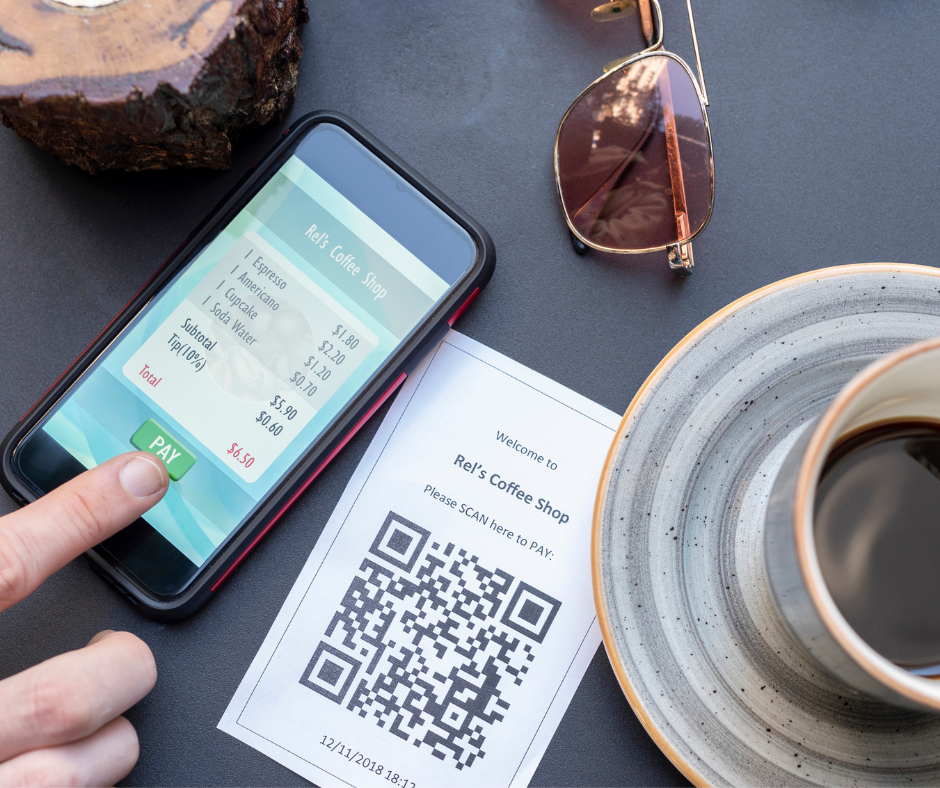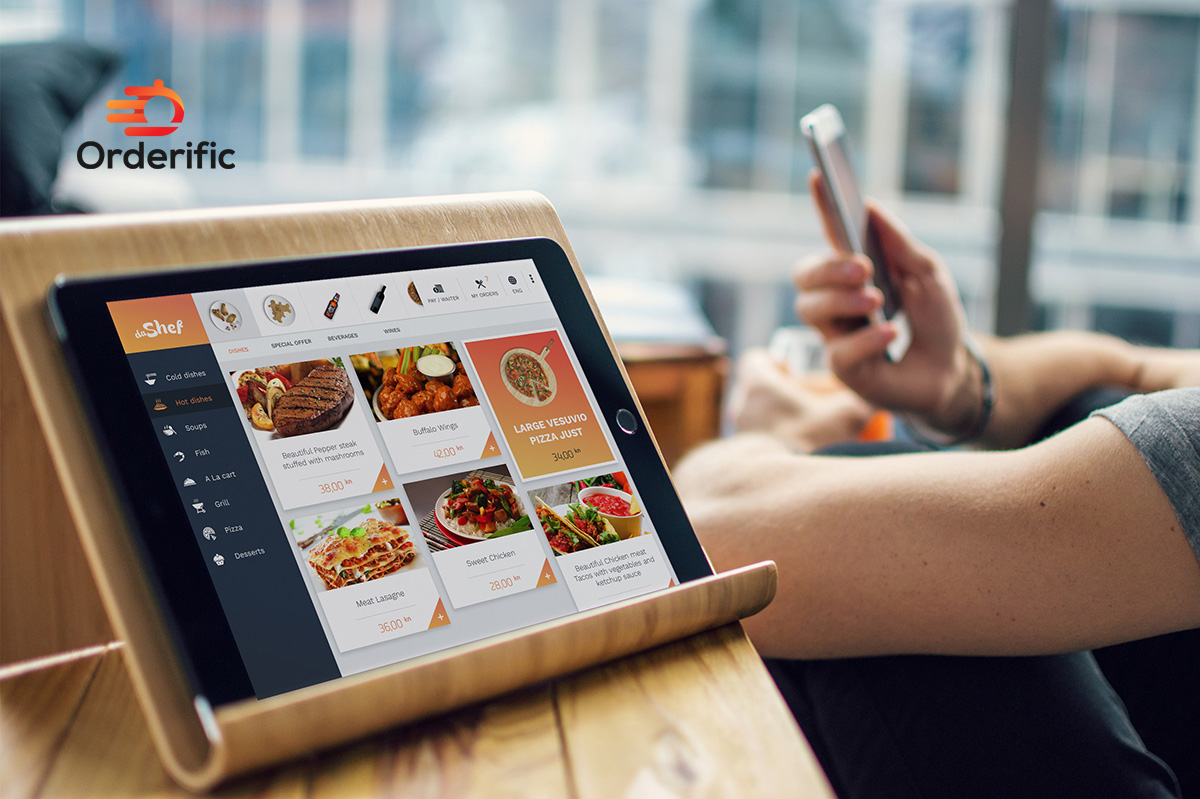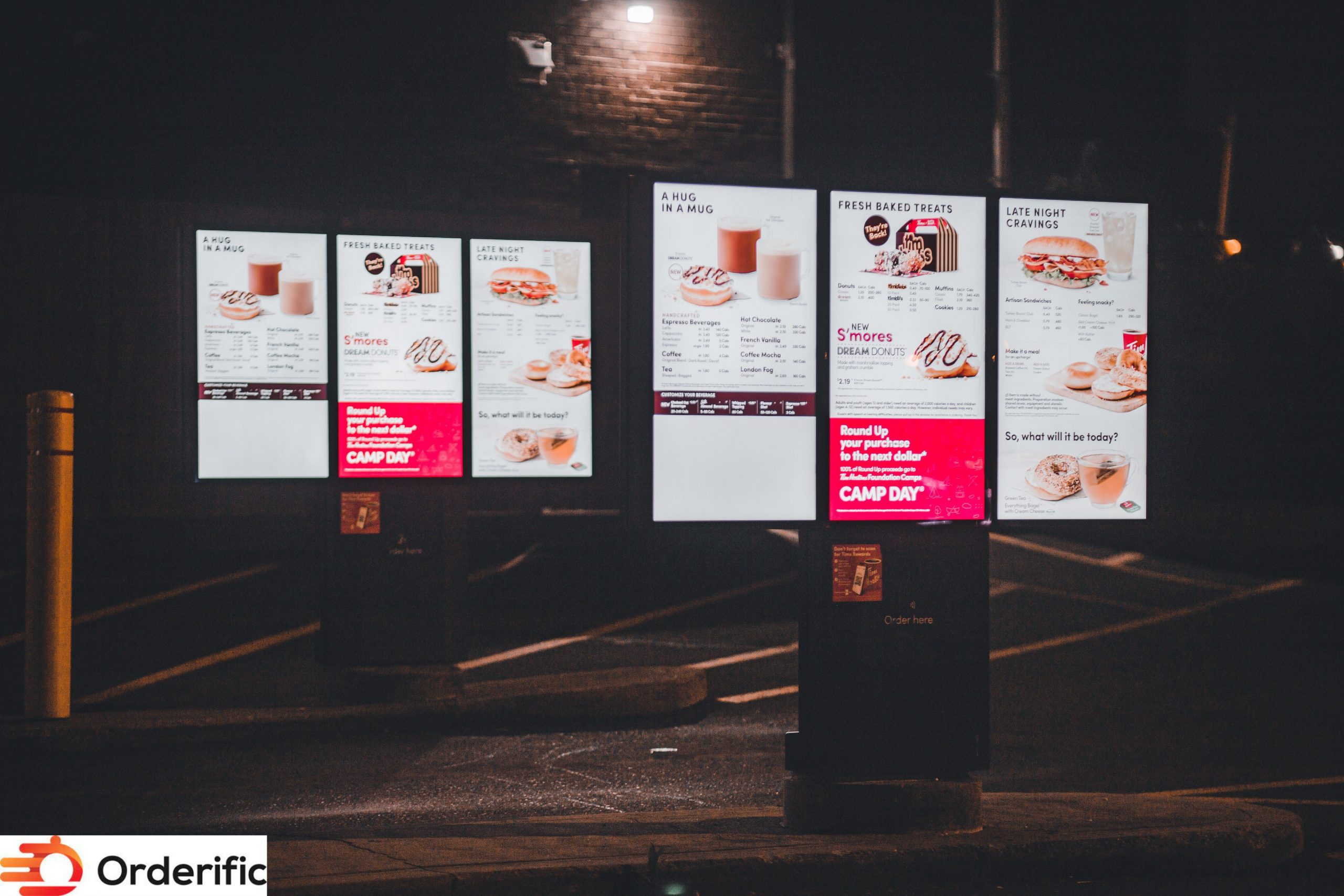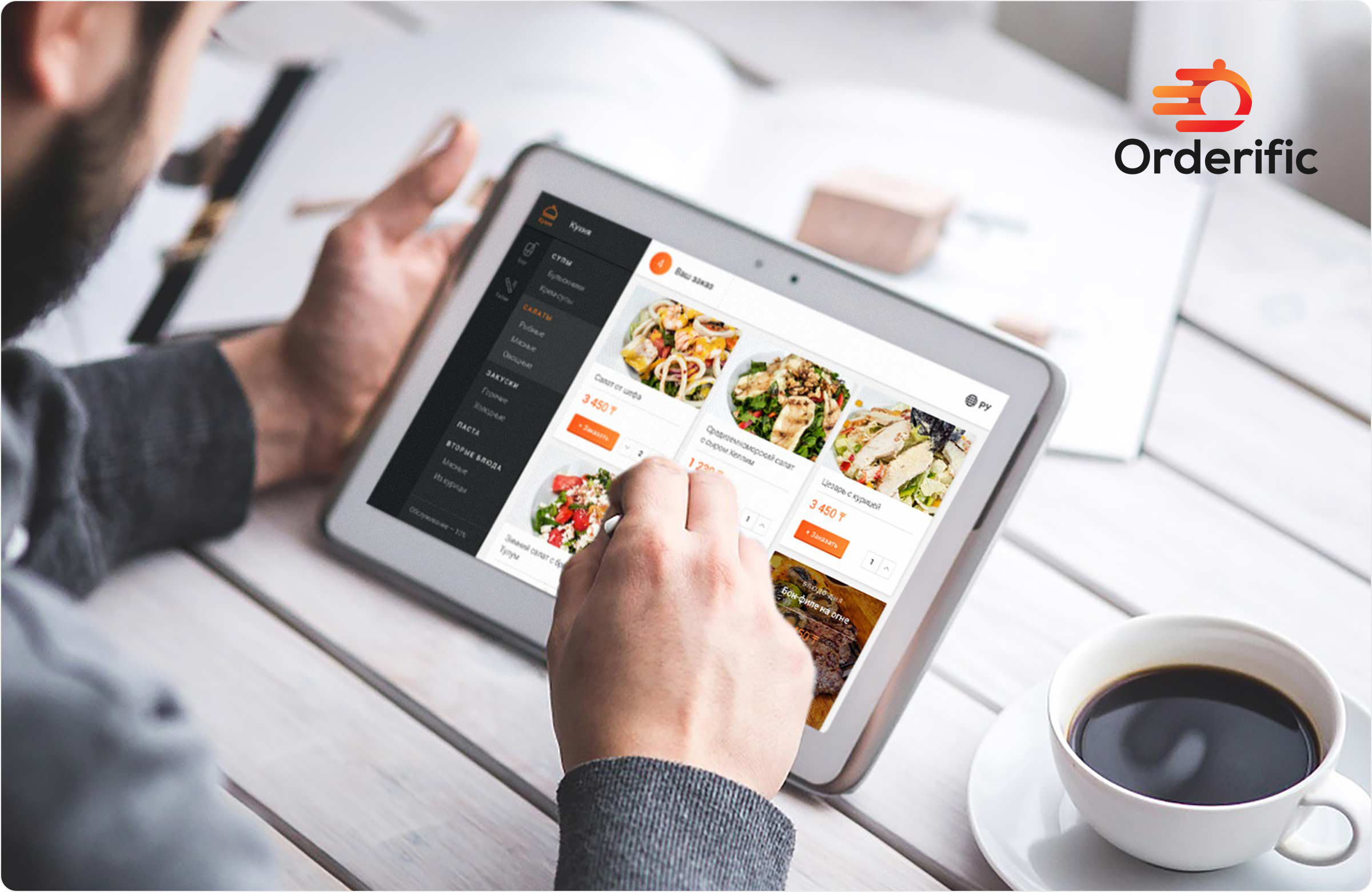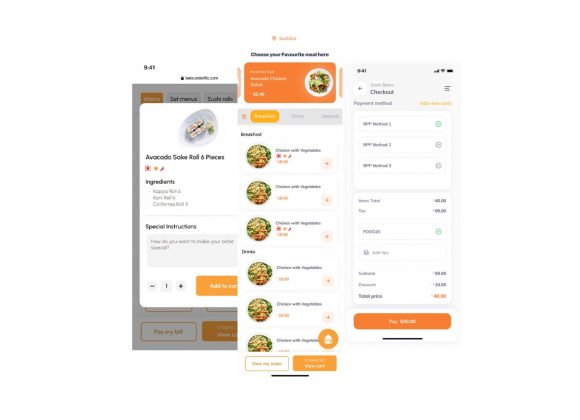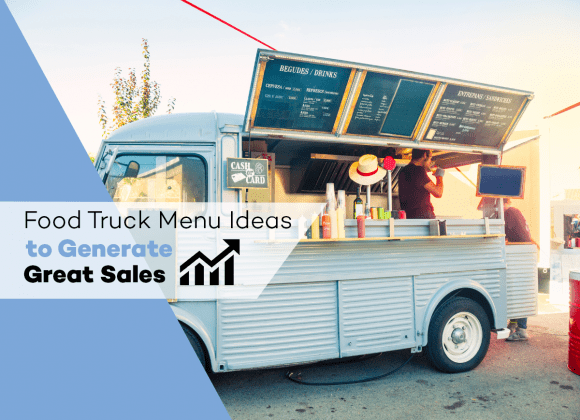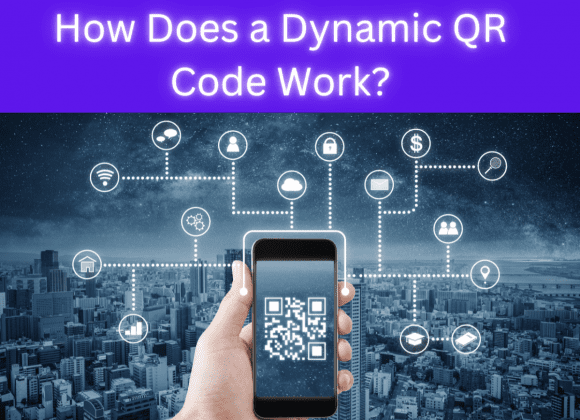There was a period when there wasn’t much of a debate about digital or traditional menu. Standard print menus were all that was available at restaurants.
While there were (and still are) a wide range of print menu options . Restaurants have to determine which form suits their needs and brand image the best.
However, after the COVID-19 outbreak forced many restaurants to close . The Qr Code Menu saw a comeback as restaurants reopened.
A QR code menu allow users to access an online menu by scanning a code with their phone’s camera. During the pandemic, these were immensely popular since they gave clients with a frictionless experience while also reducing the spread of infections.

Although the pandemic has subsided, several restaurants choose to continue using the Qr Code Menu instead of a traditional menu.
The hospitality industry is looking to contactless ordering to help it get back on its feet as the globe prepares for a post-pandemic future.
Restaurants are increasingly giving dine-in customers with a QR code menu for table ordering. It’s an excellent solution for a wide range of hospitality enterprises, including restaurants, bars, hotels, stadiums, and movie theatres .
Aside from the apparent social distancing and hygienic benefits, there are a many more benefits of using a QR code menu than traditional menu.
What is a QR Code Menu?
A QR code menu is a digital version of a menu that customers can access via their smartphone by scanning a code. It eliminates the need for hardcopy menus at tables, making the customer experience more COVID friendly.
The QR code stands for “rapid reaction,” which is exactly what customers expect at a restaurant. The square code is an image similar to a barcode that you could see in a supermarket.
When a consumer scans it with their smartphone, the code is automatically transformed into understandable menu information on a website or app
Advantages of QR Codes
- QR codes are versatile; they can encode practically any form of data, including numeric, alphabetic, special, and binary data, and you can scan them with any smart phone .
- Scanning is lightning fast.
- The QR code, like other 2-d barcodes, has a high failure tolerance. Information can be decoded from the code even if certain parts of it are destroyed.
- Unlike 1-d barcodes, it can store a vast quantity of data.
QR Code’s Limitations
- Smartphones that are used to scan QR codes are usually a bit more expensive than simpler phones.Because this is a relatively new barcode type, many individuals are unfamiliar with how to utilize it. To properly comprehend the notion, training is required.
- It is not very aesthetic, as it contains random patterns of square boxes that, unlike 1-d barcodes. However, with tools like the Orderific Qr Code Generator you can make them look more appealing and even add your logo to it.
QR Code Menus VS Printed Menus
When we needed them the most, QR code menus came into action.
When the lockdown orders were ultimately released, there were a lot of restrictions in place, and restaurants had to make important decisions.
They could either provide paper menus that would need to be laminated and cleaned down after each guest . Second option was to place a QR code on the table that would allow clients. view the restaurant menus using their mobile devices.
A QR code Menu not only allow customers to browse the menu without the waiter . It also makes the waiters’s job easier. He/She can focus on the customer experience instead of manual tasks such as order taking and payments .
However, for better understanding, an explanation of the QR code menu is required for specific tables. Thankfully, as these codes have become more common in restaurants . Therefore more people are aware of how to use them, so this explanation is no longer necessary.
Overall, QR code menus are a great option for restaurants looking to provide their customers with a contactless experience.
A Qr Code menu can display delicious photographs of dishes, appetizers, and desserts, Quick Service Restaurants are ideal for implementing digital menus. Restaurants can use bright displays to modify the colors, fonts, and patterns of menu items.
Fast food businesses have a habit of changing their deals on a regular basis. Software can be set up to start and stop promotional programs on a regular basis.
Without ever having to climb a ladder, QR Code Menus allow you to swiftly add and remove menu material above the cash register.
Final Thoughts
QR codes are important in the development of digital menus . They’re making a comeback.
These Menus are gaining popularity in the hospitality business all around the world. The demand for contactless choices during the pandemic has boosted their reappearance.
Customers will benefit from the option to order and pay immediately from their mobile devices instead having a traditional menu that only shows prices and nothing more.These orders are communicated to the restaurant’s point-of-sale and kitchen display systems in the same way as server-entered orders are.
These tools, while helping to minimize server interaction, are nonetheless interactive and user friendly .

Want a QR Code like this for your Restaurant? Click here
Orderific can help you create an amazing QR code menu ordering system in your restaurant. It takes only few minutes to create your own Qr Code Menu with many features that will help your business grow .
FAQs
What is the advantage of traditional menu?
The advantage of a traditional menu is its tangible and familiar format, allowing customers to browse dishes without the need for technology.
What are the advantages of QR codes compared to traditional menu?
QR codes offer advantages over traditional menus by enabling contactless access, easy updates, multimedia content, and the ability to link to more extensive information about dishes.
What are the disadvantages of QR code menu?
Disadvantages of QR code menus include the reliance on smartphones, potential for technical issues, and the learning curve for some customers.
What are the pros and cons of QR codes in restaurants?
Pros of QR codes in restaurants include enhanced safety and cost-effective updates, while cons include accessibility challenges for some patrons and the need for ongoing tech support.


